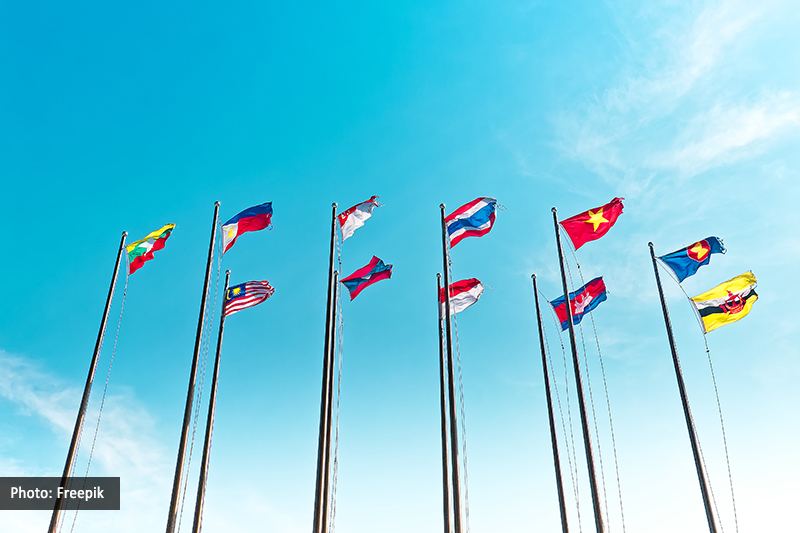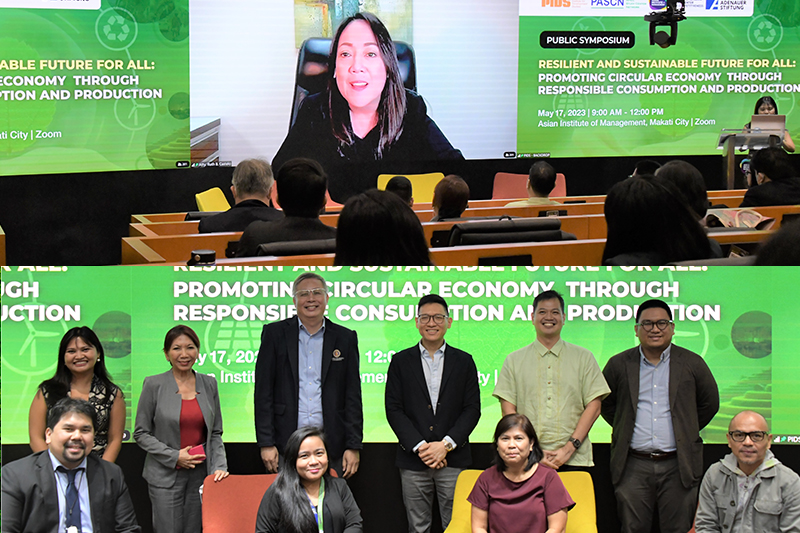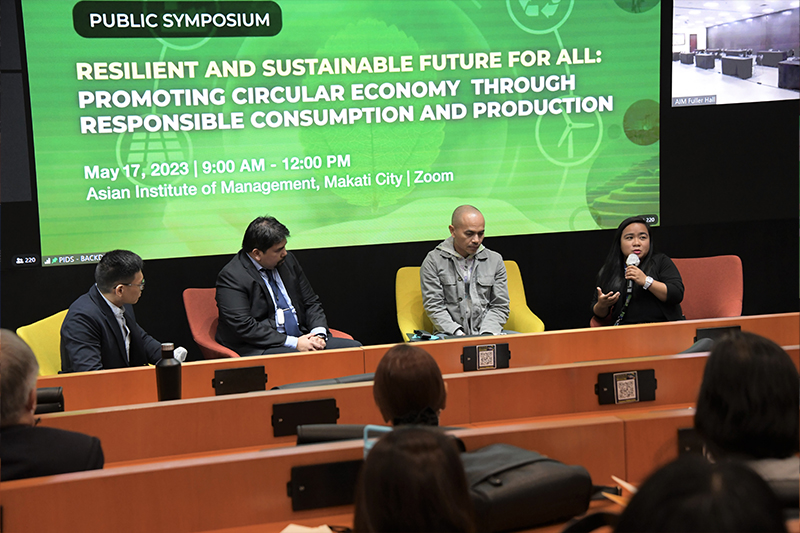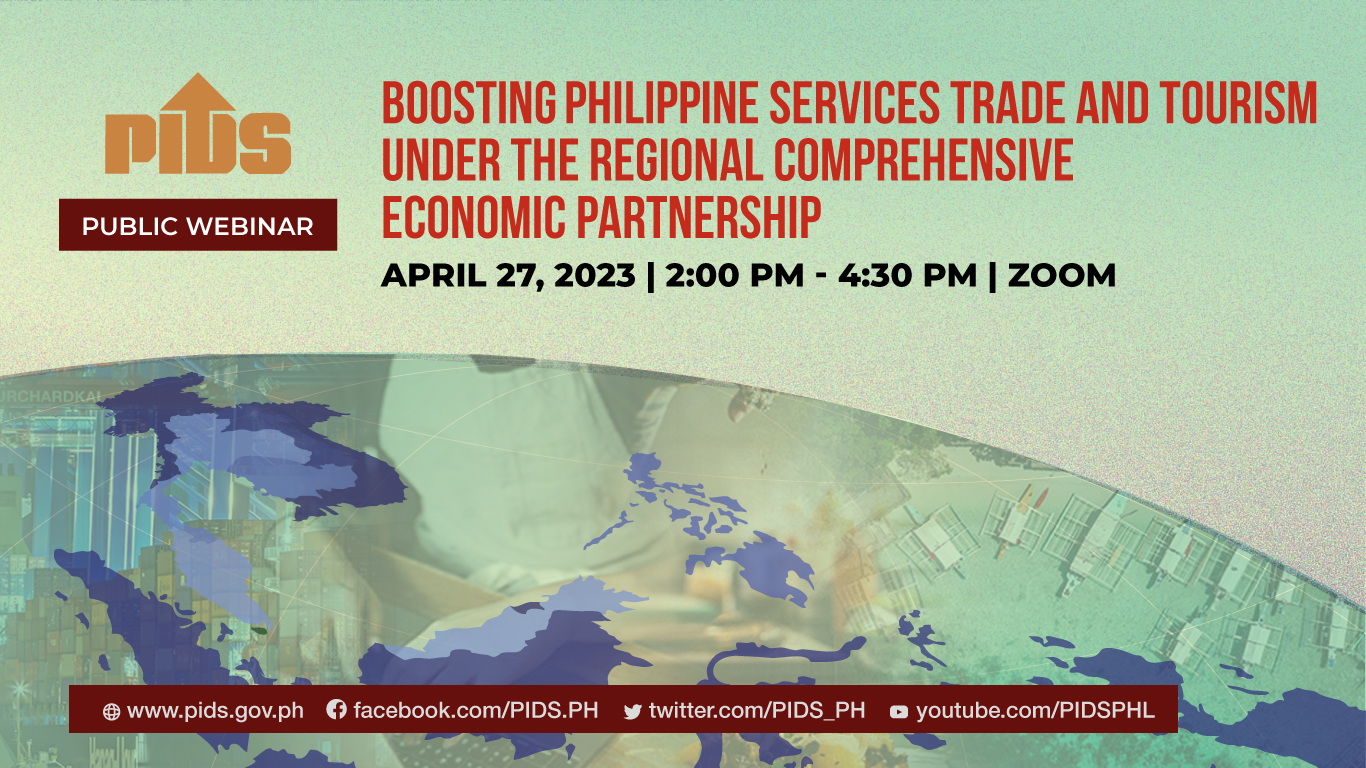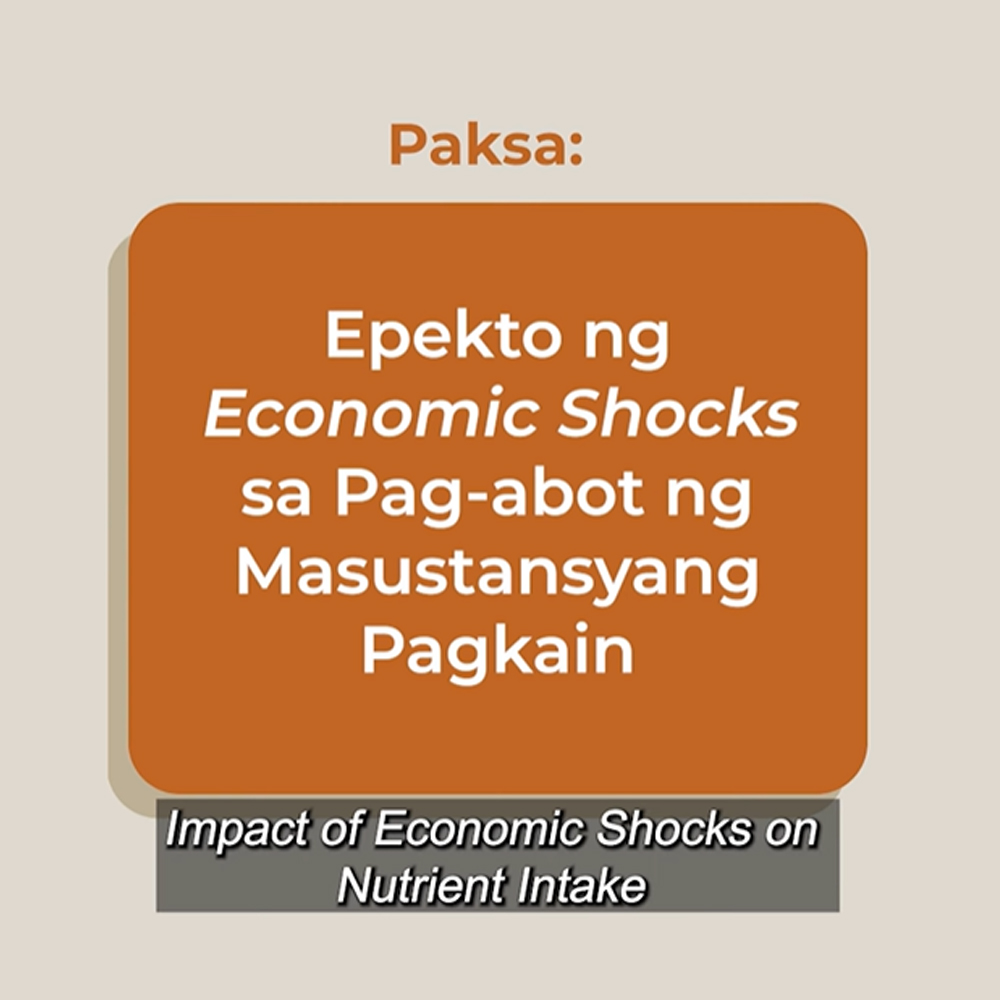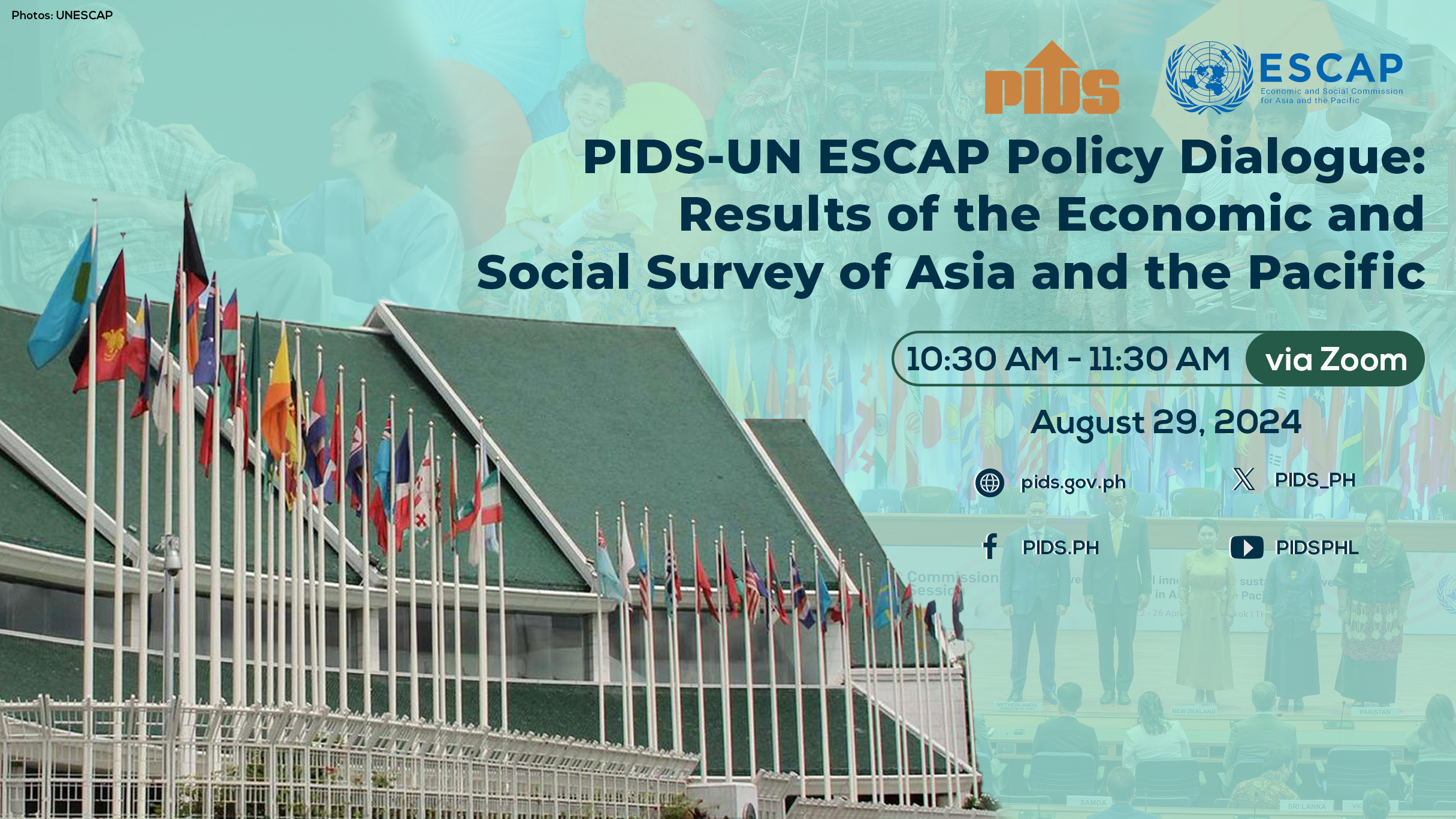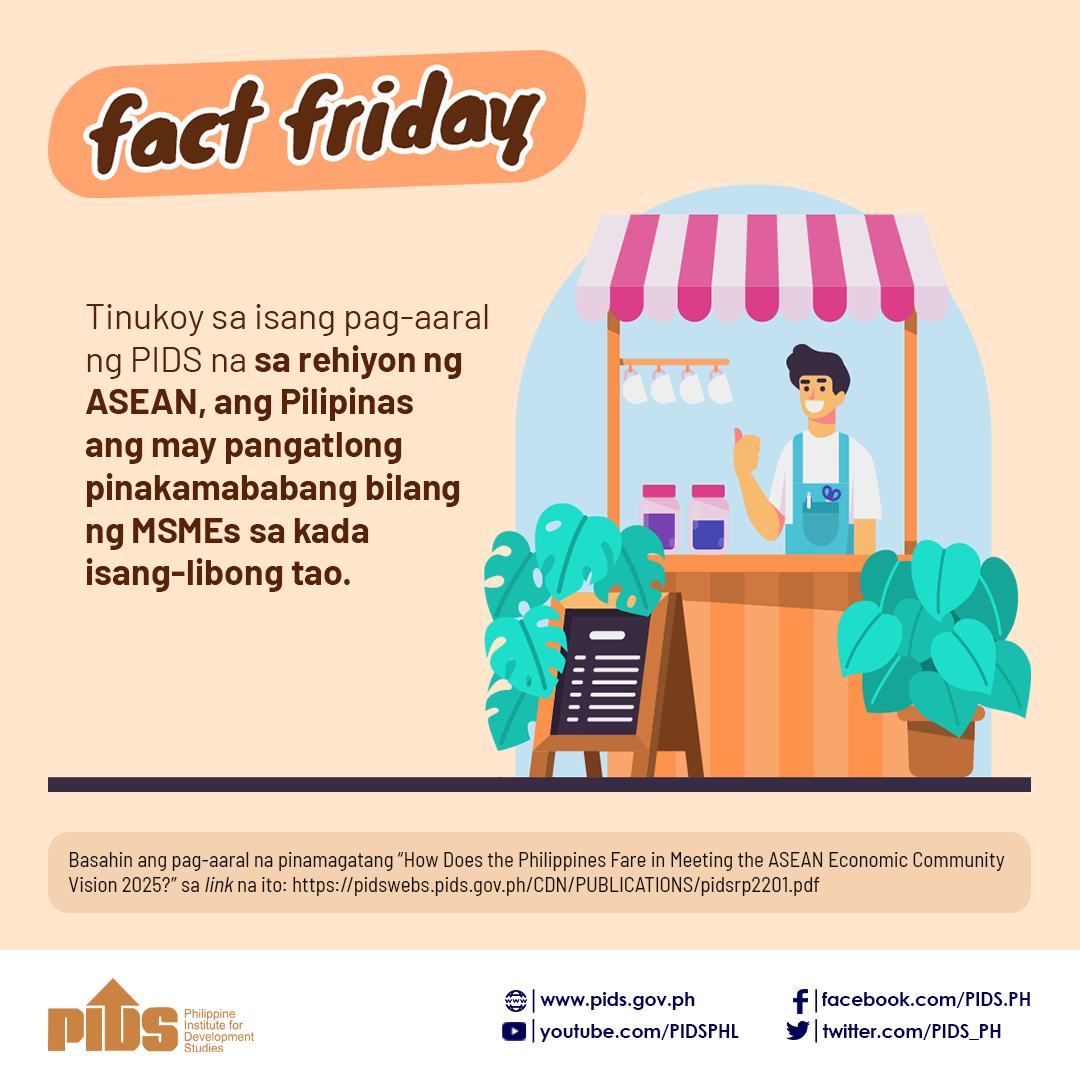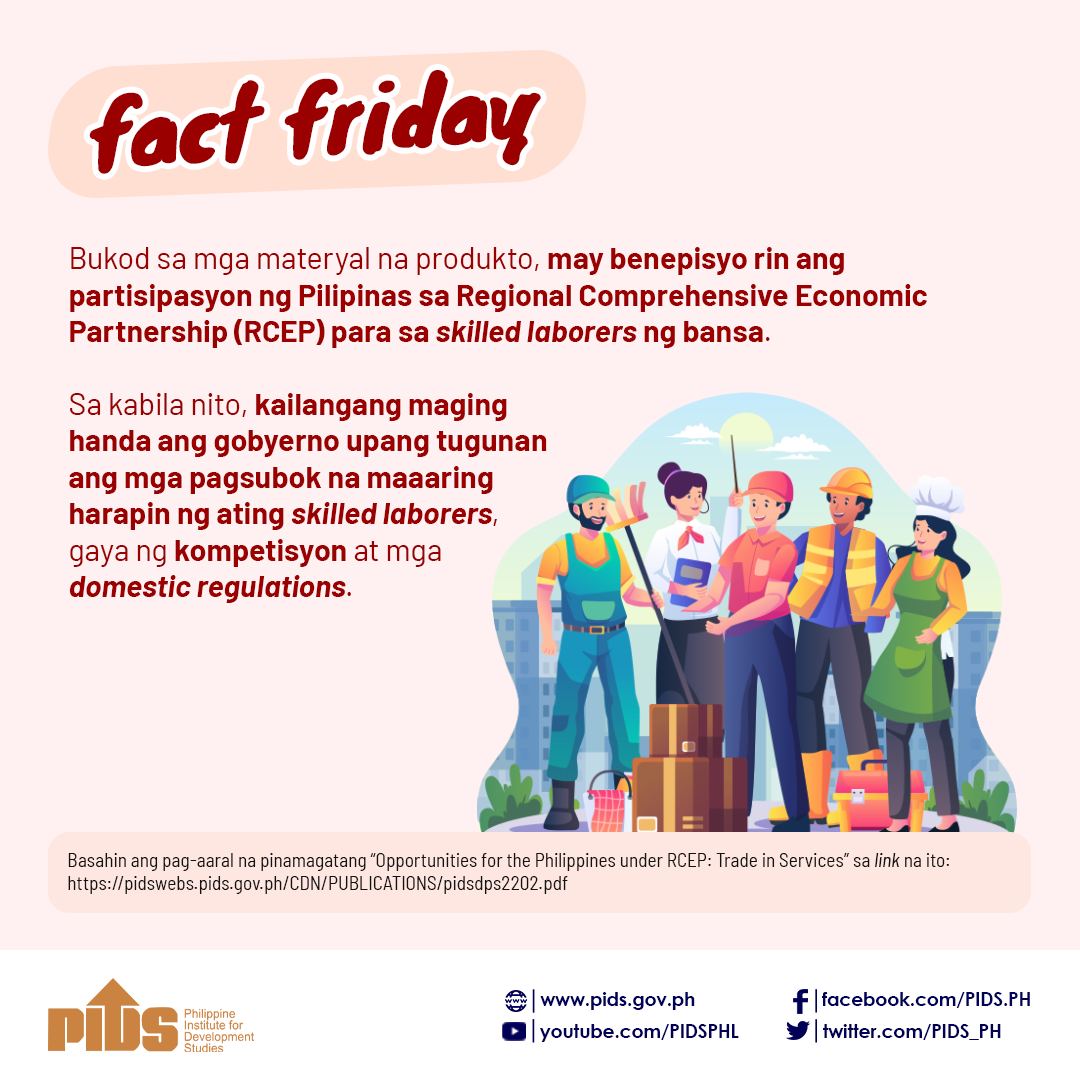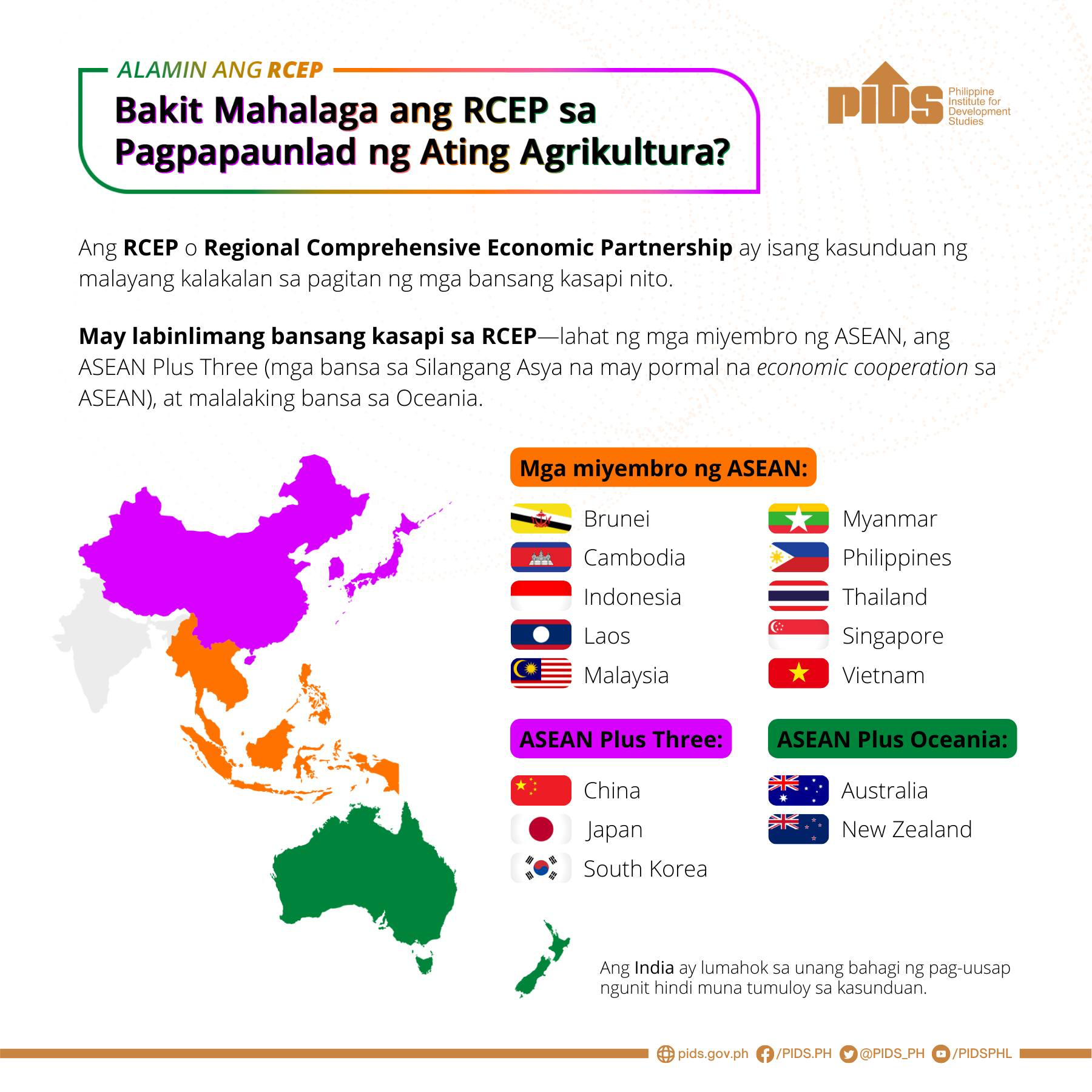THE Philippine economy contracted by 9.6 percent in 2020, the steepest decline recorded since after World War 2.
And as the Philippines continues to recover from the impact of the Covid-19 pandemic, the Department of Trade and Industry (DTI) is banking on the Regional Comprehensive Economic Partnership (RCEP) agreement to help aid recovery.
RCEP, dubbed as the largest free trade deal in the world, is set to take effect on Jan. 1, 2022.
It is a free trade agreement between the 10-member Association of Southeast Asian Nations (Asean), China, Japan, Australia, New Zealand and South Korea.
RCEP represents 50 percent of the global manufacturing output; 50 percent of global automotive output; 70 percent of electronics output; 26 percent of global value chain (GVC) trade volume; 60 percent GVC for electrical/machinery, petroleum/chemicals, textile/apparel, metal and transport equipment; 35 percent contribution to global exports of electronics and machineries; and the main GVC hubs of big economies such as South Korea, Japan and China.
At present, six Asean member states namely, Brunei, Cambodia, Singapore, Lao People's Democratic Republic, Thailand and Vietnam; and four Asean free trade partners namely, Australia, China, Japan and New Zealand have already submitted their respective Instruments of Ratification for RCEP.
As the entry into force of the agreement gets closer, the DTI is urging the Senate for the immediate concurrence of RCEP.
Trade Assistant Secretary Allan Gepty said the gains and opportunities that the agreement will create cannot be overemphasized.
"The size of the market alone and the extent of economic activities happening in the region demands that the country must be part of this free trade area. This is not to mention that this is an Asean-led FTA (free trade agreement)," Gepty said.
According to DTI, the agreement represents 51 percent of the Philippines' exports, 68 percent of the country's imports, and 58 percent of foreign direct investment (FDI) source in 2020.
The DTI, citing a study conducted by Philippine Institute for Development Studies (PIDS) research fellow Dr. Francis Quimba, said that among RCEP parties, the Philippines and Vietnam would both reap approximately 2-percent increase in real gross domestic product (GDP) growth.
This may be attributed to lower transaction costs brought by possible wider sourcing of raw materials and inputs for sectors in manufacturing provided in the FTA.
For the Philippines, RCEP is expected to generate a 10.47-percent increase in the country's exports and 2.02-percent increase in real GDP.
Quimba's analysis was measured against the backdrop of rising trade costs brought about by the pandemic and by establishing the impact on trade should the country fail to timely accede or opt out of the mega free trade agreement.
The PIDS expert also claimed that non-participation would result in the highest decline for the Philippines and Vietnam in terms of exports and GDP.
He also noted that the country would not only miss out on the forecasted growth but there would also be a 0.26-percent decline in real GDP.
"Economies that fail to ratify the agreement (when the rest of the countries do) will be adversely affected. The Philippines and Vietnam are among the countries that have positive export growth once the RCEP is in effect, and much of the growth is coming from new product margin where innovations stem," said Quimba.
RCEP sends positive signal to businesses and investors.
According to Gepty, being part of RCEP means that the country is offering a stable and predictable business environment.
This means that regardless of any change in leadership in the country, trade and investment policies remain certain.
"RCEP aims to create an enabling business environment in the region that is conducive to investment. RCEP will also push for a legal framework that is favorable for e-commerce, especially during a time wherein cross-border activities have increasingly shifted online," Gepty said.
Amid the opposition raised by a group of farmers, Gepty also clarified that the agreement provides vast opportunities for the agricultural sector ranging from enhanced market access, trade facilitation measures, time bound consultation in addressing trade issues to more investments in research and development (R&D) in agricultural sciences and even manufacturing.
Gepty said that highly sensitive agricultural products for the Philippines are excluded from the country's Schedule of Commitments.
"This means that these products are still protected by tariffs," Gepty said.
Some of these agricultural products include swine meat, poultry meat, potatoes, onions, garlic, cabbages, sugar, carrots and rice.
"Our farmers and producers should view RCEP as an opportunity for them to have a stable access to cheaper farm inputs and implements such as fertilizers, pesticides and farm machinery," he said.
"They can also export their products to the RCEP region at a preferential and more trade facilitative arrangement, and in the process, RCEP will encourage investments in food processing and even R&D in agricultural sciences and technology. In sum, our agricultural sector will reap these benefits while at the same time enjoying tariff protection on certain agricultural products," Gepty added.
Trade Secretary Ramon Lopez, for his part, also underscored the importance of the Philippine participation in RCEP.
According to Lopez, RCEP will play a critical role in boosting equitable economic growth, including for micro, small and medium enterprises, through the expansion of regional trade, services and investments linkages.
As a number of the country's key trading partners are present in the agreement, he also emphasized that the benefits to the country far outweigh the cost of not joining, and called for the timely completion of domestic procedures within the year.
RCEP provides for a framework aimed at further lowering trade barriers, and securing improved market access for goods and services for businesses in the region characterized by a $2.3-billion potential consumer base, and a collective GDP that makes up almost 33 percent of the world's GDP, global trade, and global inward foreign direct investments," he said.
"The benefits of the RCEP agreement to the Philippines far outweigh the cost of not joining. We urge for the Senate's concurrence of RCEP within the year to allow the country to be a part of this largest free trade area and to ensure that we take advantage of this mega deal to facilitate post-pandemic economic growth," the Philippine Trade chief added.
Lopez assured that safety nets are in place to protect local agricultural producers.
"The government, together with key economists and experts, have shown the net benefits of being part of RCEP and its positive contribution to GDP and trade, and conversely, the negative impact on growth, trade, investments and jobs of delayed or non-participation of the Philippines," said Lopez.
"We should not be left behind. There are enough safety nets to vulnerable sectors and even the exclusions of sensitive list of agriculture products," he added.
An economist from Rizal Commercial Banking Corp. (RCBC), meanwhile, also believes that the country's participation in RCEP will help boost economic growth.
"If the country becomes a member of RCEP, this would help increase further the growth in external trade, in terms of exports and imports, thereby could, in turn, contribute to greater overall economic growth," said RCBC chief economist Michael Ricafort.
Attracting more foreign investments
He also agreed that the Philippines' participation in the agreement will help attract more foreign investments into the country.
Ricafort said multinational companies could make the country their manufacturing base to better manage their supply chains in the region, as well as a gateway to other member countries of the RCEP and to other FTA partner countries.
"The policy priority right now as part of the economic program is to create as many jobs and other business opportunities possible, especially if being a member country of RCEP would help expedite economic recovery from the pandemic, through increased external trade and encourage more investments that all create more livelihood and other business opportunities in the country," said Ricafort.
Ricafort said that to better compete with other RCEP member countries with much lower labor costs and overall cost of living, the Philippines may position on higher value-added manufacturing activities that require higher skills, or the higher end of the global supply chain.
According to him, the Philippines "is an attractive market and production base with a population of about 110 million or the 12th largest in the world, as a source of organic growth for some multinational companies."
THE Philippine economy contracted by 9.6 percent in 2020, the steepest decline recorded since after World War 2.
And as the Philippines continues to recover from the impact of the Covid-19 pandemic, the Department of Trade and Industry (DTI) is banking on the Regional Comprehensive Economic Partnership (RCEP) agreement to help aid recovery.
RCEP, dubbed as the largest free trade deal in the world, is set to take effect on Jan. 1, 2022.
It is a free trade agreement between the 10-member Association of Southeast Asian Nations (Asean), China, Japan, Australia, New Zealand and South Korea.
RCEP represents 50 percent of the global manufacturing output; 50 percent of global automotive output; 70 percent of electronics output; 26 percent of global value chain (GVC) trade volume; 60 percent GVC for electrical/machinery, petroleum/chemicals, textile/apparel, metal and transport equipment; 35 percent contribution to global exports of electronics and machineries; and the main GVC hubs of big economies such as South Korea, Japan and China.
At present, six Asean member states namely, Brunei, Cambodia, Singapore, Lao People's Democratic Republic, Thailand and Vietnam; and four Asean free trade partners namely, Australia, China, Japan and New Zealand have already submitted their respective Instruments of Ratification for RCEP.
As the entry into force of the agreement gets closer, the DTI is urging the Senate for the immediate concurrence of RCEP.
Trade Assistant Secretary Allan Gepty said the gains and opportunities that the agreement will create cannot be overemphasized.
"The size of the market alone and the extent of economic activities happening in the region demands that the country must be part of this free trade area. This is not to mention that this is an Asean-led FTA (free trade agreement)," Gepty said.
According to DTI, the agreement represents 51 percent of the Philippines' exports, 68 percent of the country's imports, and 58 percent of foreign direct investment (FDI) source in 2020.
The DTI, citing a study conducted by Philippine Institute for Development Studies (PIDS) research fellow Dr. Francis Quimba, said that among RCEP parties, the Philippines and Vietnam would both reap approximately 2-percent increase in real gross domestic product (GDP) growth.
This may be attributed to lower transaction costs brought by possible wider sourcing of raw materials and inputs for sectors in manufacturing provided in the FTA.
For the Philippines, RCEP is expected to generate a 10.47-percent increase in the country's exports and 2.02-percent increase in real GDP.
Quimba's analysis was measured against the backdrop of rising trade costs brought about by the pandemic and by establishing the impact on trade should the country fail to timely accede or opt out of the mega free trade agreement.
The PIDS expert also claimed that non-participation would result in the highest decline for the Philippines and Vietnam in terms of exports and GDP.
He also noted that the country would not only miss out on the forecasted growth but there would also be a 0.26-percent decline in real GDP.
"Economies that fail to ratify the agreement (when the rest of the countries do) will be adversely affected. The Philippines and Vietnam are among the countries that have positive export growth once the RCEP is in effect, and much of the growth is coming from new product margin where innovations stem," said Quimba.
RCEP sends positive signal to businesses and investors.
According to Gepty, being part of RCEP means that the country is offering a stable and predictable business environment.
This means that regardless of any change in leadership in the country, trade and investment policies remain certain.
"RCEP aims to create an enabling business environment in the region that is conducive to investment. RCEP will also push for a legal framework that is favorable for e-commerce, especially during a time wherein cross-border activities have increasingly shifted online," Gepty said.
Amid the opposition raised by a group of farmers, Gepty also clarified that the agreement provides vast opportunities for the agricultural sector ranging from enhanced market access, trade facilitation measures, time bound consultation in addressing trade issues to more investments in research and development (R&D) in agricultural sciences and even manufacturing.
Gepty said that highly sensitive agricultural products for the Philippines are excluded from the country's Schedule of Commitments.
"This means that these products are still protected by tariffs," Gepty said.
Some of these agricultural products include swine meat, poultry meat, potatoes, onions, garlic, cabbages, sugar, carrots and rice.
"Our farmers and producers should view RCEP as an opportunity for them to have a stable access to cheaper farm inputs and implements such as fertilizers, pesticides and farm machinery," he said.
"They can also export their products to the RCEP region at a preferential and more trade facilitative arrangement, and in the process, RCEP will encourage investments in food processing and even R&D in agricultural sciences and technology. In sum, our agricultural sector will reap these benefits while at the same time enjoying tariff protection on certain agricultural products," Gepty added.
Trade Secretary Ramon Lopez, for his part, also underscored the importance of the Philippine participation in RCEP.
According to Lopez, RCEP will play a critical role in boosting equitable economic growth, including for micro, small and medium enterprises, through the expansion of regional trade, services and investments linkages.
As a number of the country's key trading partners are present in the agreement, he also emphasized that the benefits to the country far outweigh the cost of not joining, and called for the timely completion of domestic procedures within the year.
RCEP provides for a framework aimed at further lowering trade barriers, and securing improved market access for goods and services for businesses in the region characterized by a $2.3-billion potential consumer base, and a collective GDP that makes up almost 33 percent of the world's GDP, global trade, and global inward foreign direct investments," he said.
"The benefits of the RCEP agreement to the Philippines far outweigh the cost of not joining. We urge for the Senate's concurrence of RCEP within the year to allow the country to be a part of this largest free trade area and to ensure that we take advantage of this mega deal to facilitate post-pandemic economic growth," the Philippine Trade chief added.
Lopez assured that safety nets are in place to protect local agricultural producers.
"The government, together with key economists and experts, have shown the net benefits of being part of RCEP and its positive contribution to GDP and trade, and conversely, the negative impact on growth, trade, investments and jobs of delayed or non-participation of the Philippines," said Lopez.
"We should not be left behind. There are enough safety nets to vulnerable sectors and even the exclusions of sensitive list of agriculture products," he added.
An economist from Rizal Commercial Banking Corp. (RCBC), meanwhile, also believes that the country's participation in RCEP will help boost economic growth.
"If the country becomes a member of RCEP, this would help increase further the growth in external trade, in terms of exports and imports, thereby could, in turn, contribute to greater overall economic growth," said RCBC chief economist Michael Ricafort.
Attracting more foreign investments
He also agreed that the Philippines' participation in the agreement will help attract more foreign investments into the country.
Ricafort said multinational companies could make the country their manufacturing base to better manage their supply chains in the region, as well as a gateway to other member countries of the RCEP and to other FTA partner countries.
"The policy priority right now as part of the economic program is to create as many jobs and other business opportunities possible, especially if being a member country of RCEP would help expedite economic recovery from the pandemic, through increased external trade and encourage more investments that all create more livelihood and other business opportunities in the country," said Ricafort.
Ricafort said that to better compete with other RCEP member countries with much lower labor costs and overall cost of living, the Philippines may position on higher value-added manufacturing activities that require higher skills, or the higher end of the global supply chain.
According to him, the Philippines "is an attractive market and production base with a population of about 110 million or the 12th largest in the world, as a source of organic growth for some multinational companies."




